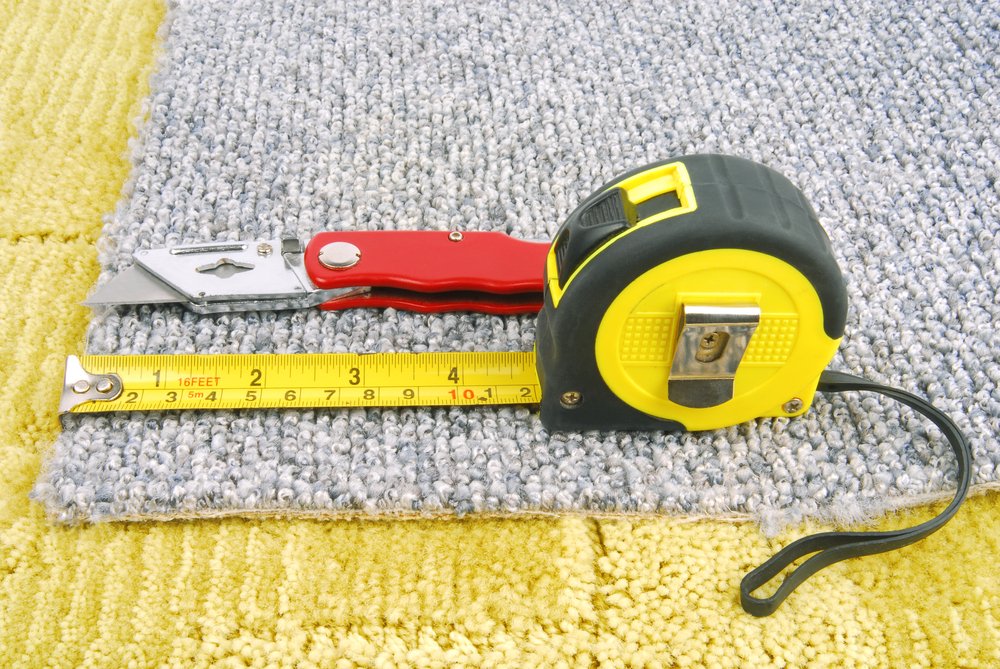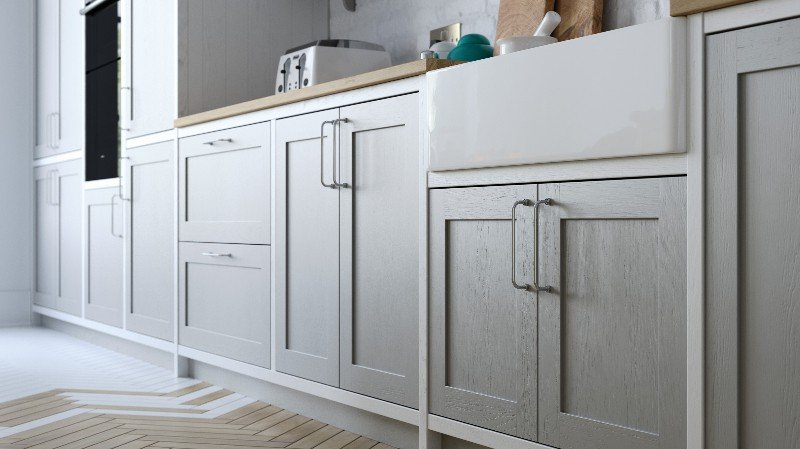The process of measuring carpets can be an intimidating task to take on, but with the right tools and knowledge, it doesn’t have to be. Knowing how much carpet is needed for a given space is key to achieving a successful installation. The amount of carpet needed depends on several factors, such as the room size, shape, and what kind of installation is desired.
Measuring Width
When measuring carpet, width is one of the most important measurements to consider. Carpet can vary in width ranging from 6 feet to 15 feet. In order to accurately measure the width of a room or area that needs carpeting, it’s important to take several measurements across the entire space and use the widest measurement as your guide.
You should also measure up the walls and note any areas that may require additional trimming down during installation. When purchasing carpet, you should always purchase extra material to ensure there’s enough material for any adjustments needed during installation.
To make sure you get an accurate measurement when measuring for carpet, it’s best to use a steel-tape retractable tape measure instead of fabric measuring tape as this type of tool will give you better accuracy and consistency throughout your project.
Also Read: How Does Dry Cleaning Work
Measuring Length
When measuring carpet, the length is determined by a measurement called “linear yardage.” This linear yardage is based on the width of the carpet multiplied by the total number of feet in the roll. For example, if you have a roll of carpet that is 12 feet wide, and it has 120 linear yards in length, then it will measure 12 x 120 = 1440 square feet. The same calculation applies to any other widths of carpet.
Another method for measuring the lengths of carpets is to use an industry-standard unit called “square yard.” Square yards are calculated by dividing a given area into 9 equal parts. In this case, each part would be one square foot in size.
To calculate how many square yards are in a certain amount of carpet you simply multiply the length (in feet) by the width (in feet) and divide it by nine. For example, if a piece of carpet measures 15 feet long and 10 feet wide, then it would be 15 x 10/9 = 16 2/3 square yards.
Measuring lengths can also be done using fractions or decimals rather than whole numbers or linear yardages for carpets with smaller dimensions. If you need to measure something that is less than 1 foot wide or long, then fractions or decimals will provide more accuracy when coming up with measurements such as 0.5 inches or 0.25 inches respectively.
Calculating Area
Calculating the area for carpeting is an important part of the process to determine how much material you need for a given space. Carpet is usually sold in square yards, so calculating the size of the room or area that needs to be covered is essential. To calculate the area of space, measure both the length and width of the room in feet and then multiply them together.
This will give you the total number of square feet that need to be covered. To convert this into square yards, divide by 9. For example, if a room measures 12×15 feet, its total area would be 180 square feet. If you divide this by 9, it comes out to 20 square yards – meaning you would need enough carpeting to cover 20 square yards in order to completely cover your floor.
Common Measurements
Carpet is typically measured in square feet or square yards, with one square yard being equal to nine square feet. To calculate the area of carpet needed for a room, measure the length and width of the room in feet and then multiply them together to get the total area. If you want to measure it in yards, divide that number by nine. Carpet is also often sold by linear foot or linear yard; this is usually used when purchasing carpet for staircases or hallways, as these are more difficult to measure in terms of area.
To figure out how much linear footage you need, simply add up all of the lineal measurements (lengths) along each wall plus any other measurements from furniture that has to be worked around. This total should be converted into either linear feet or linear yards depending on which unit is being used for purchase.
Conclusion
When considering the overall cost of carpet, it is important to look at both the price per square foot and the total cost of installation. Carpet tends to be sold in terms of ‘square feet’ or ‘linear feet’, depending on what type of carpet you choose. The size and shape of a particular room will determine which option to use when calculating the cost. Additionally, installation costs should also be taken into account when determining how much your carpet will ultimately cost.
This can vary greatly based on the type and amount of work that needs to be done, as well as whether there are any special features or materials needed for a successful installation. Finally, make sure to research different brands and types of carpets before making a final decision; this will help you get an idea of what kind of product you’ll need for your project and ensure that you get the best value for your money.




